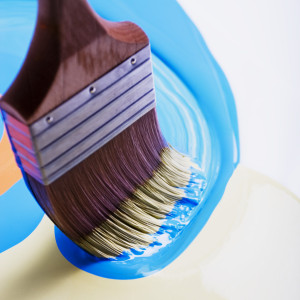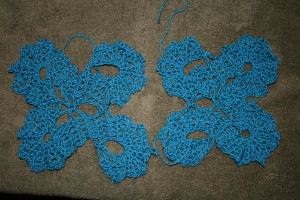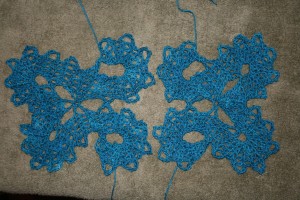 This time of year has always been a time of reflection and re-connection, almost a little melancholy for me, and this year is no different.
This time of year has always been a time of reflection and re-connection, almost a little melancholy for me, and this year is no different.
I had an epiphany recently about my designing. In the past I would have probably laughed if you would have considered me a “designer”. I would never consider myself as “fashion forward” or anything like that. My personal style is pretty simple and definitely reflective of northern California, meaning my wardrobe primarily consists of jeans, T-shirts and flip flops. However undertaking another home improvement project really helped me to focus and realize that I do have a style, I may not have a word to define it, but it is there.
 For the last decade, my husband and I have taken on various projects of home improvement on our 1920’s farm house. Last week, I tore everything out of the kitchen (yes, a little ambitious just before having people over for the holidays, no one ever accused me of being sane). While getting my “kitchen vision” on track I realized that I approach my crochet designs in much the same way…I need a starting point. I need something to expand from, my ideas do not come from a void, and they need to grow around an inspiration. In the case of my kitchen it is my new sink. I was unable to refinish the sink that I already had, and after some hunting found a great deal on a copper one, and everything else has expanded from that…the counters, the colors, the style, everything from the sink. In past projects the most difficult undertaking I had was re-installing a bathroom, it was a blank slate and I remember how I felt completely overwhelmed with the project, until I finally found a small piece of tile that became my “jumping off point”.
For the last decade, my husband and I have taken on various projects of home improvement on our 1920’s farm house. Last week, I tore everything out of the kitchen (yes, a little ambitious just before having people over for the holidays, no one ever accused me of being sane). While getting my “kitchen vision” on track I realized that I approach my crochet designs in much the same way…I need a starting point. I need something to expand from, my ideas do not come from a void, and they need to grow around an inspiration. In the case of my kitchen it is my new sink. I was unable to refinish the sink that I already had, and after some hunting found a great deal on a copper one, and everything else has expanded from that…the counters, the colors, the style, everything from the sink. In past projects the most difficult undertaking I had was re-installing a bathroom, it was a blank slate and I remember how I felt completely overwhelmed with the project, until I finally found a small piece of tile that became my “jumping off point”.
In comparison to my crochet designs, the same thing is true. I need a point of inspiration. Some of those are as simple as a challenge. Such as “What can I create with just this single skein?” or randomly reaching into a bag of yarn and then having to create something with what I pull out. Some inspirations come from architectural designs (believe it or not, I find a lot of ideas from The Old House), or even hotel carpets. The common point that they all have is a point to begin.
I guess I have been designing for much longer then I might have realized, it is just my style seems so everyday to me that I just take it for granted. It is simple, and clean, I attempt for balanced visually not necessarily symmetrically. It is, I hope, a little classic, and not trendy and date-able. It is warm and not afraid of color. I may not have a name for it, but one thing at a time, I only just realized I had one.


